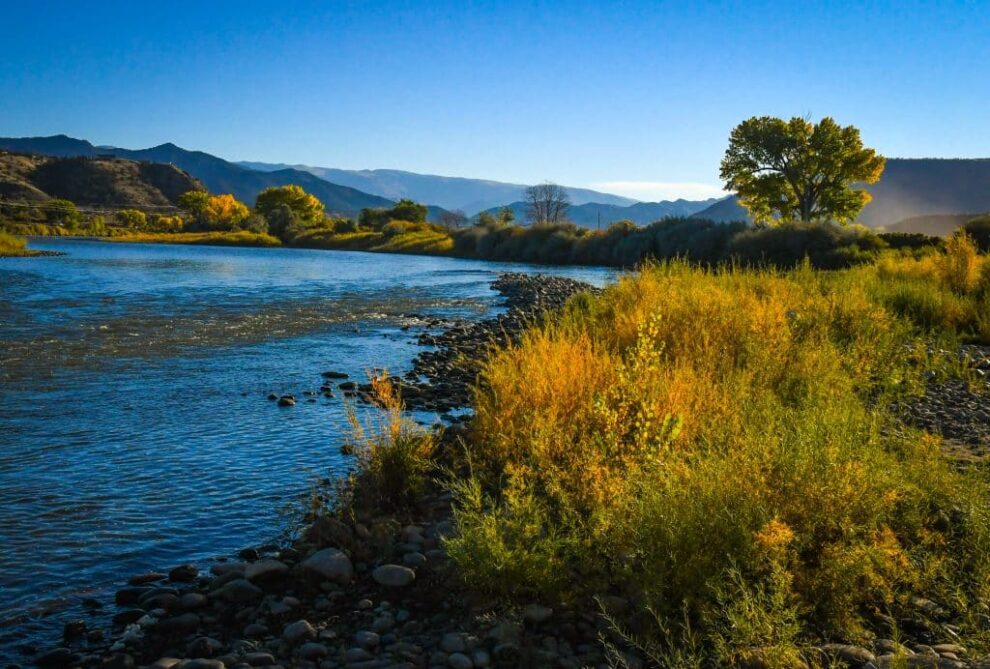The Colorado Department of Public Health and Environment in 2020 issued a violation/cease and desist order to the city of Rifle for discharging a higher-than-allowed amount of dissolved copper into the Colorado River through its wastewater treatment center.
Dissolved copper regulations are designed to protect wildlife species and that setting such conservative discharge limits for constituents like metals is standard practice when dealing with critical habitat, according to the CDPHE.
On Wednesday morning, the city responded by announcing it’s going to pursue a supplemental environmental project in lieu of receiving a $185,000 fine.
City Manager Tommy Klein said the project involves conducting a study on the city’s storm water system that discharges into Rifle Creek.
“We’re thinking that we can control the sediment,” he said. As to why the violation wasn’t announced earlier? “We were not able to discuss the violation during the negotiation phase of the SEP.”
According to the CDPHE’s compliance notice, Rifle’s wastewater treatment facility experienced 13 daily maximum copper and 10 monthly average copper violations between 2015-2020.
The discharge permit limits for dissolved copper at Rifle’s wastewater facility is 28 ug/L — in other words, .000028 grams of copper per liter of water — for the daily maximum. For the monthly average, the limit is 17 ug/L — or, .000017 grams of copper per liter of water.
The CDPHE reported that Rifle’s daily maximum violations were between 29.7-121 ug/L, while its monthly average violations ranged between 18.8-46.2 ug/L.
“The limits are designed to be protective of aquatic life, specifically the Colorado pike minnow and razorback sucker,” CDPHE’s violation notice states. “Both fish are considered threatened/endangered by the US Fish & Wildlife Service (USFWS).”
The source of copper coming into the treatment plant was determined to most likely be from the normal corrosion of copper pipes and fixtures in the water distribution system, the report states.
“The segment of the Colorado River in which the treatment facility’s discharge is located is considered critical habitat for the threatened/endangered fish.”
“At no point did the copper violations jeopardize public health or the agricultural water supply.”
The CDPHE said, however, that the human health standard for copper levels going into the body is “50 times higher for the threatened/endangered fish.”
To return to compliance, a chemical dosing system was designed by SGM Engineering and installed, the report states. The system doses a polysulfide coagulant to the facility’s treated water, which causes the copper to precipitate. In other words, a solution is being applied to the water.
“Once the copper is in a solid phase, it is no longer as bio-available to the aquatic life in the Colorado River,” the report states. “Since it is no longer considered dissolved, any copper being discharged does not violate the facility’s permit limits.”
Rifle’s wastewater treatment facility has not had any further copper violations since the polysulfide dosing system came online, the report states.
The Rifle Creek study will seek to quantify water quality impacts caused by the storm water system and the results will be used to design a construction project to help mitigate the impacts. Resampling and analysis of the storm water outfalls and Rifle Creek itself will determine the success of the project.
Klein said the SEP must be completed by Nov. 30, 2024.
Source: Post Independent









